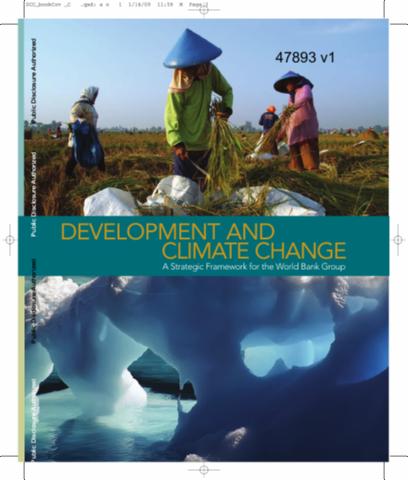Innovations in insuring the poor: Index insurance applied to agriculture
Uncertainty and risk are characteristics inherent in agricultural activities, and one of the main sources of risk is weather. Because agriculture depends heavily on rainfall, it is sensitive to weather changes. Agriculture is also vulnerable to extreme weather events; floods, droughts, and frosts cause both production and capital losses. Approximately 98 percent of the catastrophic risk to agriculture in Mexico stems from two types of weather events: droughts (accounting for 80 percent) and cyclones (accounting for 18 percent).




